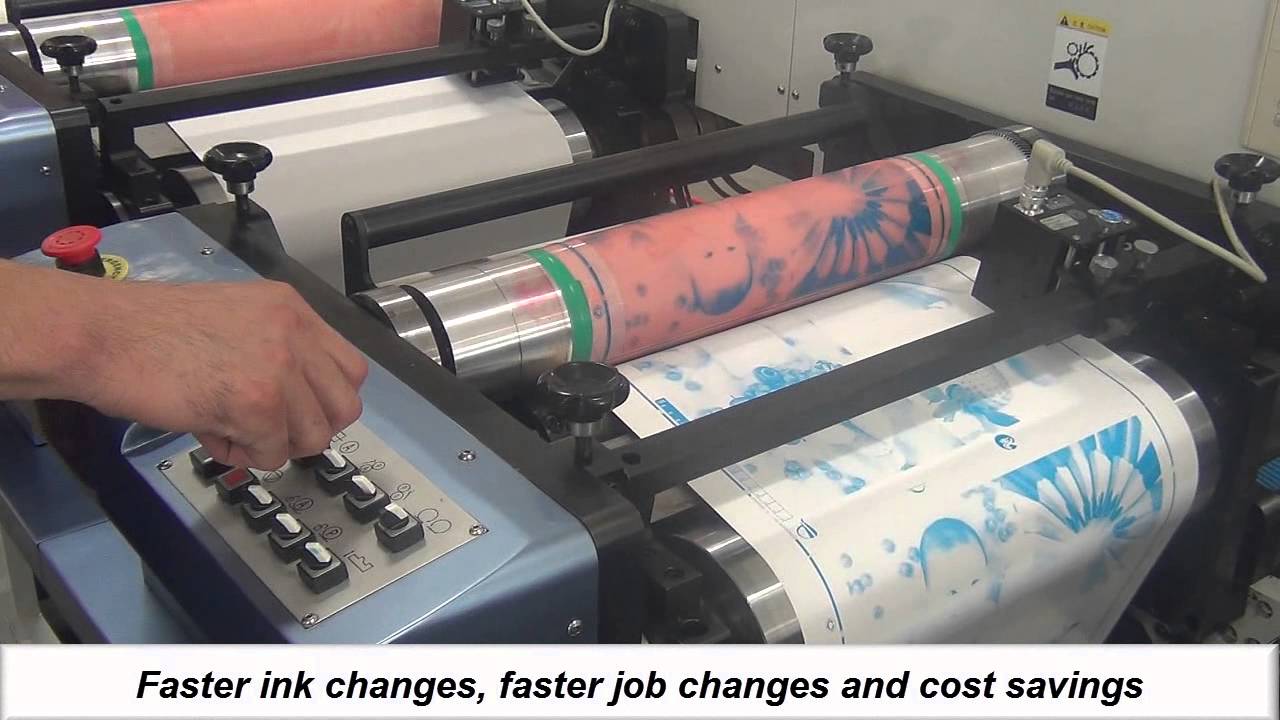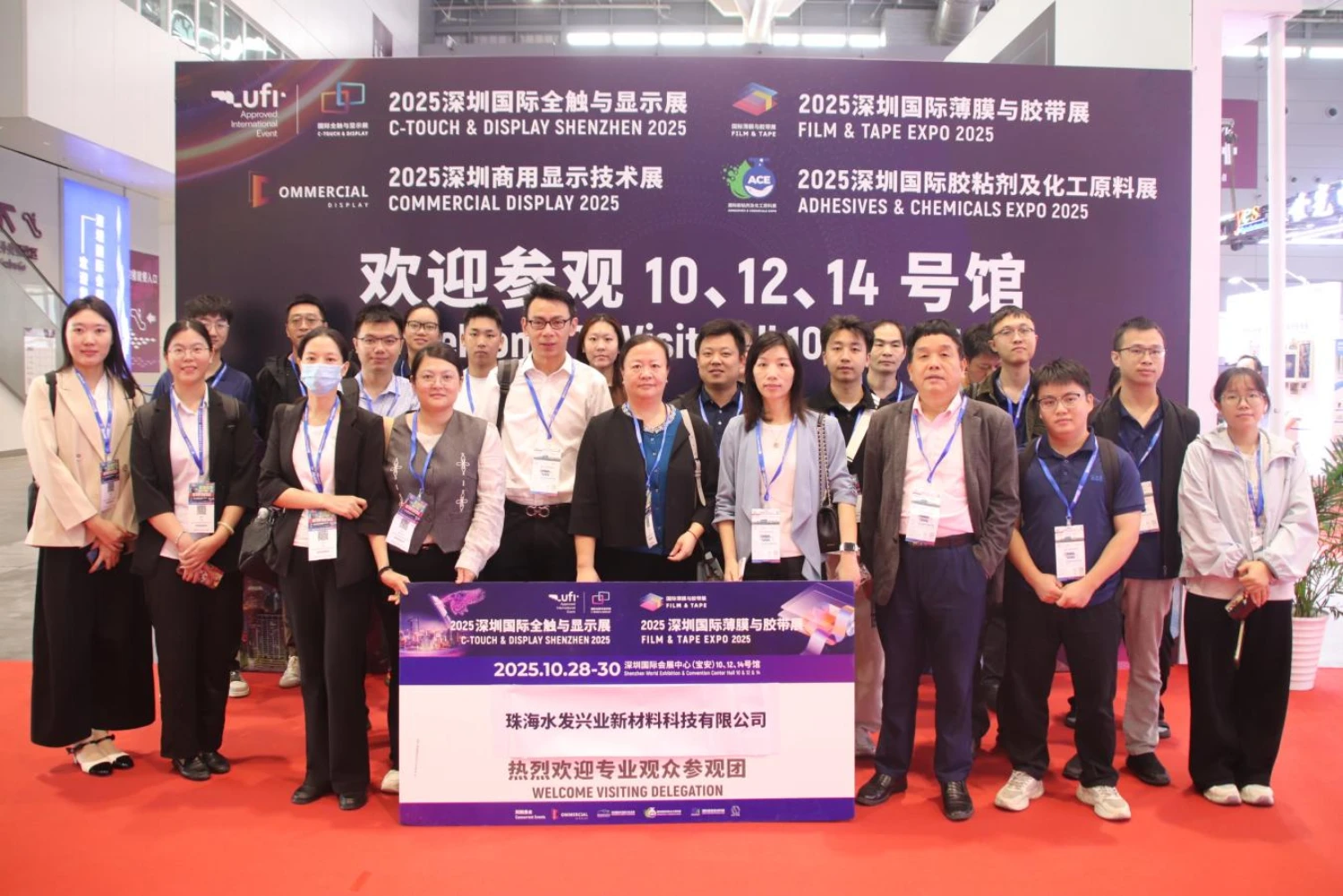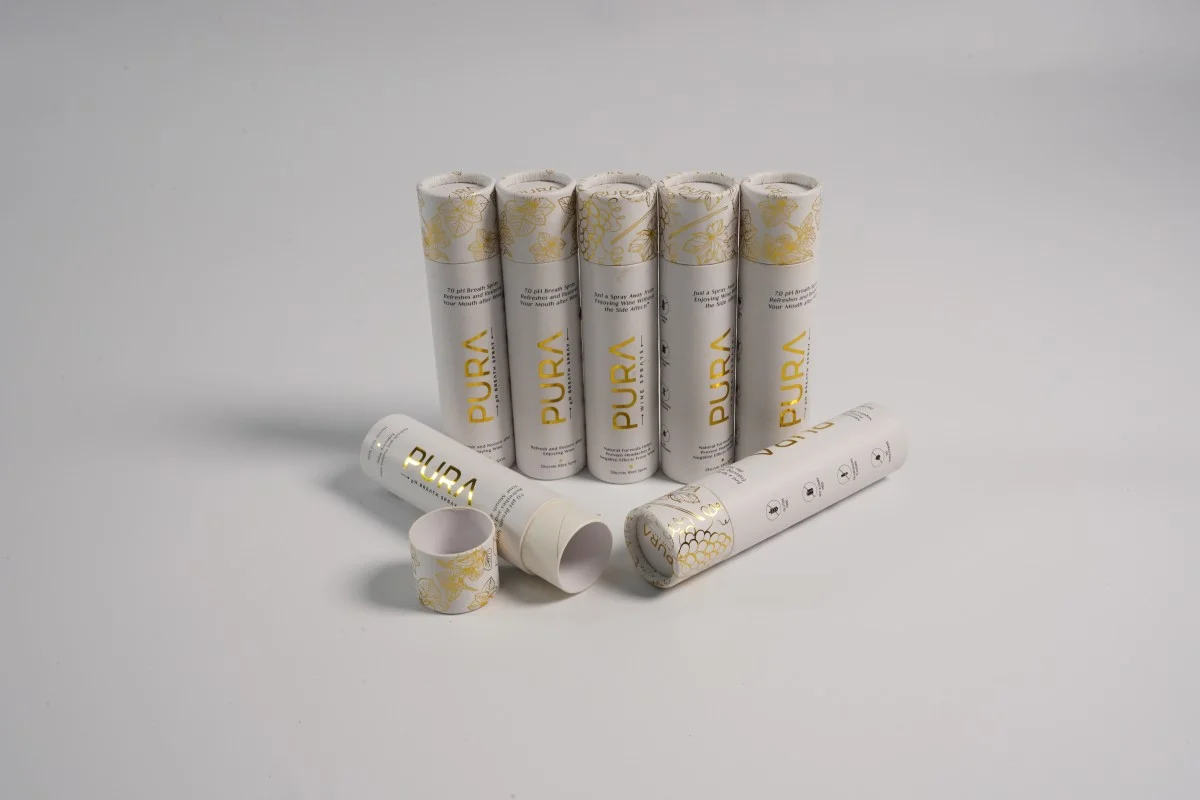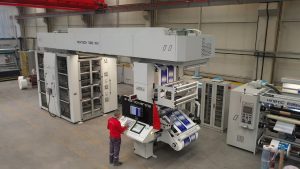When it comes to printing, there are various techniques available, each with its own advantages and disadvantages. Two of the most popular printing methods are silkscreen and flexo. While both techniques involve transferring ink onto a substrate, they differ in several ways.
Silkscreen printing, also known as screen printing, involves using a mesh stencil to transfer ink onto a substrate. The stencil is created by blocking out areas of the mesh with a non-permeable material, leaving only the desired image area open. Ink is then applied to the stencil and pushed through the open areas onto the substrate using a squeegee. Silkscreen printing is ideal for printing on a variety of materials, including paper, fabric, and plastic.
Flexo printing, on the other hand, uses flexible printing plates made of rubber or photopolymer to transfer ink onto a substrate. The plates are wrapped around a cylinder, and ink is applied to the raised areas of the plate. As the cylinder rotates, the inked plate comes into contact with the substrate, transferring the ink onto it. Flexo printing is commonly used for printing on packaging materials, such as cardboard boxes and plastic bags.
While both silkscreen and flexo printing can produce high-quality prints, there are several differences between the two techniques. One of the main differences is the level of detail that can be achieved. Silkscreen printing is capable of producing fine details and intricate designs, while flexo printing is better suited for larger, simpler designs.
Another difference is the type of ink used. Silkscreen printing typically uses thicker, more opaque inks, while flexo printing uses thinner, more transparent inks. This makes flexo printing ideal for printing on transparent or translucent materials.
In terms of cost, silkscreen printing is generally more expensive than flexo printing, especially for small print runs. This is because silkscreen printing requires the creation of a separate stencil for each color used, while flexo printing only requires the creation of a single printing plate.
In conclusion, while silkscreen and flexo printing may seem similar at first glance, they differ in several important ways. Silkscreen printing is ideal for printing fine details and intricate designs on a variety of materials, while flexo printing is better suited for larger, simpler designs on packaging materials. Understanding the differences between these two techniques can help you choose the best printing method for your specific needs.









+ There are no comments
Add yours